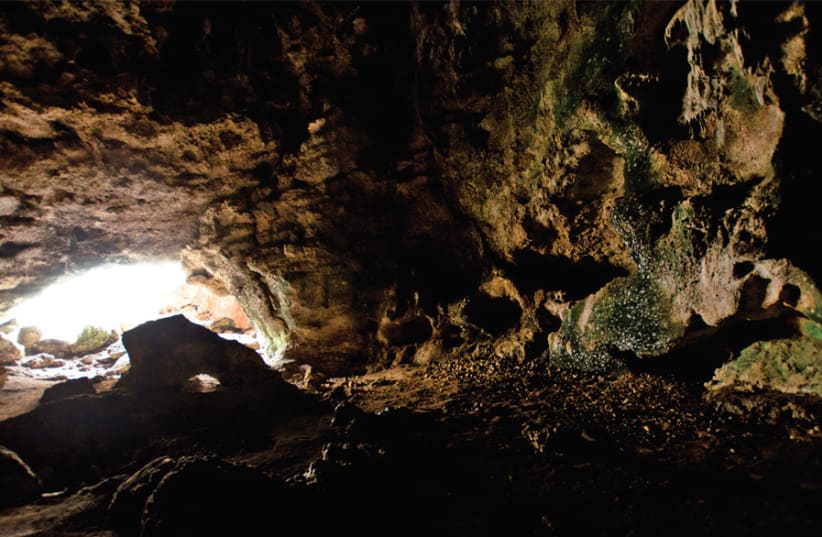Archaeologists in Derbyshire have discovered a near-complete Anglo-Saxon dwelling in the Anchor Church Caves, the Royal Agricultural University (RAU) announced last week.
Cut out of soft sandstone, the caves were thought until now to be 18th century follies - buildings that are made primarily for decoration. This research, however, shows that the caves are more likely to have originated from early Medieval times.
"This makes it probably the oldest intact domestic interior in the UK," said Edmund Simons, a principal investigator in the research and a fellow at RAU. "And what's more, it may well have been lived in by a king who became a saint!"
"Using detailed measurements, a drone survey and a study of architectural details, it was possible to reconstruct the original plan of three rooms and easterly facing oratory, or chapel, with three apses," he said.
The area where the caves are located was once the kingdom of Mercia, which existed in the English Midlands from the sixth to tenth centuries.
The narrow doorways and windows in the room are similar to those of Anglo-Saxon architecture, while a rock-cut pillar resembles those found in a Saxon crypt nearby.
Usually, caves like the Anchor Church Caves are associated with anonymous medieval hermits who resided in them, but in this case, it may be known who lived in these caves.
A book from the 16th century discusses how at "that time Saint Hardulph has a cell in a cliff a little from the Trent." According to local folklore, the caves of Hardulph and the Anchor Church Caves are one and the same.
Research identifies Hardulph as King Eardwulf who was king of Northumbria. He was deposed in 806 CE and, after visiting Pope Leo III in Rome and Charlemagne's court in Nijmengen, he spent his last years in exile in Mercia.
"It was not unusual for deposed or retired royalty to take up a religious life during this period, gaining sanctity and in some cases canonization," Simons said.
These types of caves are often overlooked, he said, but the project has thus far identified more than 20 other sites in the West Midlands that may date to as early as the fifth century.
The archaeologists believe that the cave may have been modified in the 18th century. According to records, Sir Robert Burdett "had it fitted up so he and his friends could dine within its cool and romantic cells."
As part of the modifications, brickwork and window frames were added, and some of the walls were opened up.
"It is extraordinary that domestic buildings over 1,200 years old survive in plain sight, unrecognized by historians, antiquarians and archaeologists," said Mark Horton, Professor of Archaeology at RAU. "We are confident that other examples are still to be discovered – to give a unique perspective on Anglo-Saxon England."
